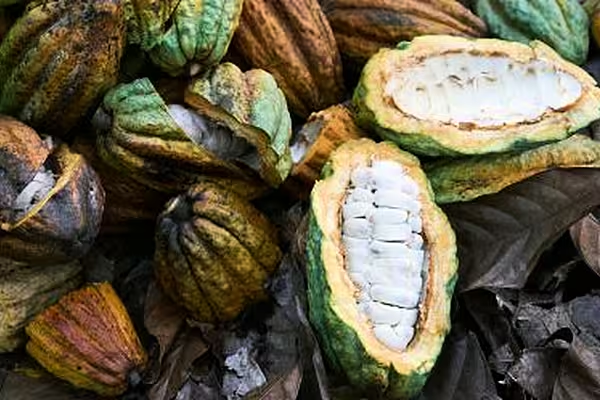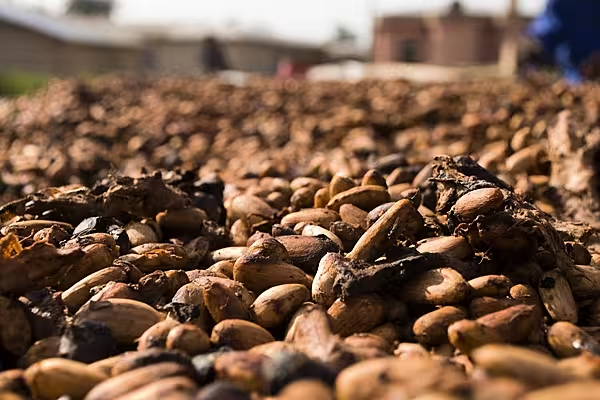The African Swine Fever crisis in China and a shift towards plant-based protein in diets could reshape EU agricultural markets over the next ten years, leading to fluctuating pork prices and higher cultivation of pulses and soybeans.
African swine fever (ASF) has decimated China's pig herd since the first outbreaks were discovered last year, triggering a surge in Chinese pork imports and a rise in prices.
In an agricultural outlook report on Tuesday, the European Commission said annual pork exports from the European Union could peak at more than 4 million tonnes around 2022, depending on the pace of recovery in China's pig herds, compared with about 2.7 million tonnes last year.
Easing Exports
Pork exports were then seen easing to around 3.4 million tonnes by 2030, still well above volumes before the Chinese ASF outbreak, the Commission said.
"Prices should remain high until Chinese production recovers, and may fall sharply depending on the speed of the recovery and how much the production of EU competitors grows," the Commission said, referring to the U.S., Brazil and Canada.
However, it noted that there was an element of uncertainty over whether the EU's main pork exporters -- Germany, Spain, Denmark and France -- would remain free of the disease, with any major outbreak threatening their exports.
Around ten European Union countries are currently affected, particularly Bulgaria and Romania.
Any fall in pork prices would be unlikely to boost European demand, which is being lost to cheaper poultry products, the Commission said.
Poultry consumption is growing steadily, and is expected to continue doing so, the Commission said, as consumer concerns about health, the environment and animal welfare suppress demand for other meat products.
Protein-Rich Crops
Those concerns are also expected to favour cultivation of protein-rich crops.
The area sown with pulses in the EU was forecast to expand to 2.5 million hectares in 2030 compared with 1.5 million this year, while soybeans were forecast to cover 1.3 million hectares, up from 1 million.
Protein crops could also benefit from growing demand for dairy products from animals that have not been exposed to genetically modified substances, potentially replacing imported GM soy in livestock feed, the Commission added.
Rapeseed would remain the most grown oilseed crop, supported by its value in crop rotation and its appeal as a non-GM feed ingredient, it added.
News by Reuters, edited by Checkout. Article by Donna Ahern. Click subscribe to sign up for the Checkout print edition.









